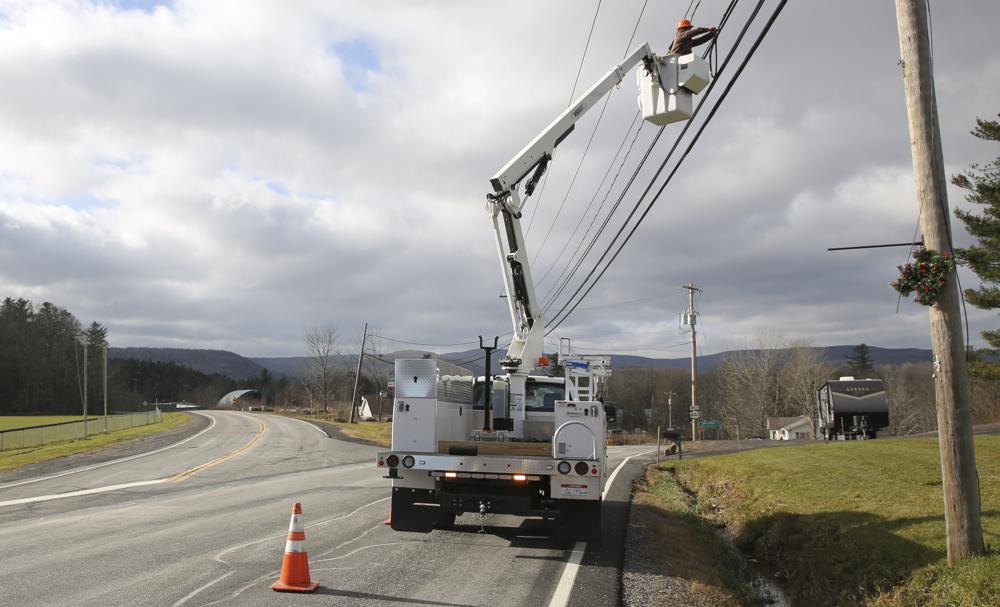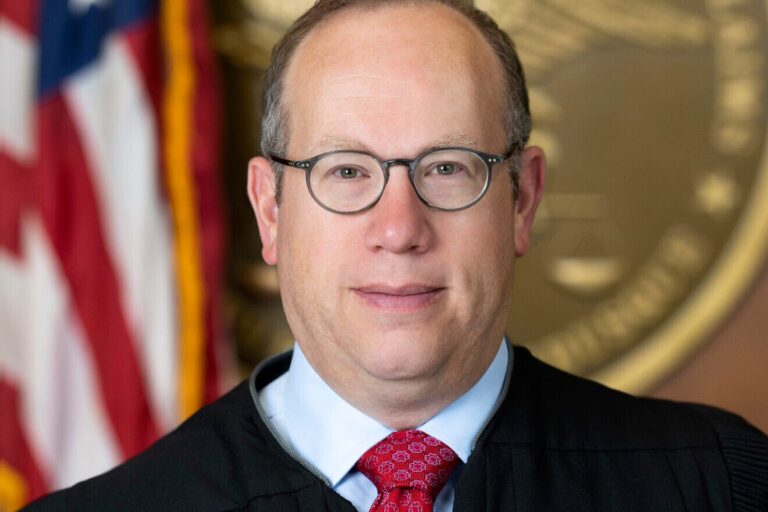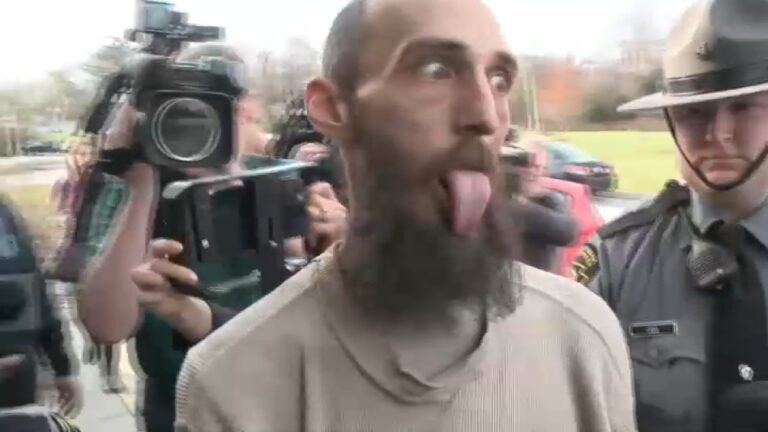Frank Paxhia’s rural home in western New York is close to the high-speed information highway. But he has no access ramp.
The retiree, who lives in the town of Friendship, is among hundreds of thousands of New Yorkers who remain on the wrong end of the digital divide. Many, like Paxhia, live in rural pockets beyond the reach of wireline connections. Even more live in homes that lack a reliable high-speed connection for other reasons, such as cost.
Gov. Kathy Hochul’s administration is pushing to bring service to those remaining high-speed have-nots with a $1.4 billion “ConnectALL” program that relies heavily on recently approved federal funds. As working and learning from home become more common, the governor argues that affordable broadband has become a necessity.
“If you don’t have it, you are suffocating and you’re being held back,” she said this week at an event in Rochester. “Your kids can’t apply for tuition assistance online. A small business can’t sell to the … e-commerce markets because they don’t have that access. And we still have too many underserved areas.”
At his family home about 60 miles (97 kilometers) southeast of Buffalo, Paxhia uses a cell phone with 4G service as a hot spot at home because wireline service stops less than a mile from his address. He says the connection is too slow to stream TV shows and he needs to leave home for some downloads.
“Whenever there’s a big project, I visit one of my family members who has … basically true broadband,” he said. “So anytime you need to update the computers, the iPad, the phones, all of those large data transfers are done on a broadband connection.”
More than 1 million New York households lacked access or a subscription to home broadband as of 2019, according to an analysis of Census estimates by state Comptroller Thomas DiNapoli. That number could have dropped since then because of pandemic-related connectivity programs.
Precise, up-to-date figures on broadband are hard to come by, in part due to the lack of detailed, address-level coverage maps. There are even different definitions of high-speed internet, some using 25 Megabits per second download speeds. Many analysts and public officials say a 100 Mbps threshold is more realistic considering the needs of contemporary households.
New York’s broadband push is being helped by a federal infrastructure law approved in November, which includes roughly $65 billion for high-speed internet infrastructure funding nationwide. The measure tackles the cost issue for internet service with a $30-a-month subscription subsidy for lower-income households, which replaces a temporary subsidy approved during the pandemic.
New York never got to enforce a new law last year requiring providers to offer high-speed internet to low-income households at a cost of $15 per month amid an industry court challenge. The state has appealed.
In New York City, the Citizens’ Committee for Children of New York found a large share of households without any internet had annual incomes of less than $20,000, according to an analysis of Census figures. Those figures also show many city residents relying on cell phones for internet.
Ruth Horry used to go with her three daughters to a McDonald’s or a Wendy’s to grab Wi-Fi when they lived in a shelter in Brooklyn just before the pandemic. They could connect at the shelter on their phones, but that fell short for doing homework or even presenting lessons for her toddler-age daughter.
“Everyone can’t use the phone at once. So to have one child in high school, one in middle school and one in early learning, it’s a nightmare,” she said.
Horry’s family found housing in neighboring New Jersey with a good internet connection. She works as an advocate and tries to help people who face extra barriers applying for aid because they lack a proper device.
The number of people living beyond the reach of wirelines is smaller, with many of them scattered in rural areas.
In rural Greene County in the Catskill Mountains, detailed mapping has found about 4% of addresses are unserved by broadband, many of them scattered around 200 miles (323 kilometers) of roads in remote mountain towns.
“These are the … hardest roads to serve, the most expensive roads to serve,” said Warren Hart, deputy county administrator.
The state’s Broadband Program Office estimates that wireline broadband capable of download speeds of at least 100 Mbps is unavailable to around 2% of households in the state.
While some analysts say the availability rate could be slightly lower, New York is expected to release address-level maps this spring that will give a fine-grained look at coverage.
The maps should help guide New York in administering up to $800 million from the federal infrastructure law for rural broadband. The ConnectALL program, which includes money from other state and federal sources, will include three grant programs to provide funding to local municipalities for accessible broadband infrastructure.
The latest effort comes after the state helped spread wireline service to more than 174,000 homes, businesses and government buildings under a $500 million program announced in 2015 by then-Gov. Andrew Cuomo. That program relied on satellite internet service in places where the cost of running wireline was too high or where no other bids were received.
Critics have said satellite users can experience speed and reliability issues, though the next round of broadband expansion is expected to include those areas now served by satellites.
“This will be the largest broadband investment in New York’s history and we expect it will extend coverage to the most rural and remote areas of the state,” Empire State Development spokeswoman Kristin Devoe said in an email.
(AP)












One Response
Fiber optic and other wired telecom solutions are safest. France, for instance, was one of the first WiFi adapters, and has since become one of the first detractors – reinstalling wired-down fiber optic networking protocols in schools and libraries all around the country. The science is being obscured by Big Telecom and regulators and legislators pushed into authoritative positions largely through their sponsorship. Satellites, 5g and even older wireless telecom have been linked with many health disorders.
Look at the health notice on any cellphone for example – it mentions the danger in using the handset close to one’s ears!